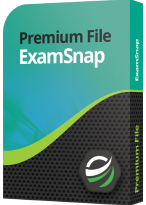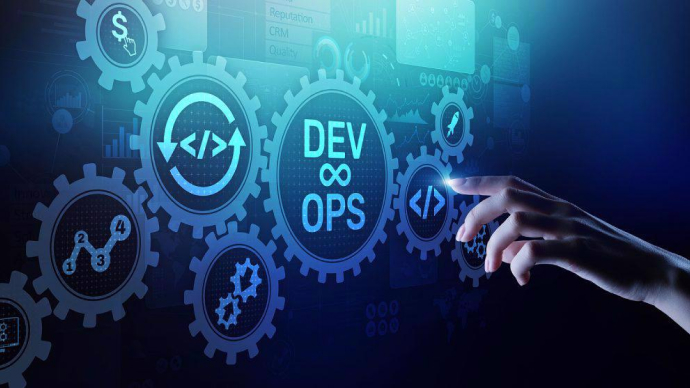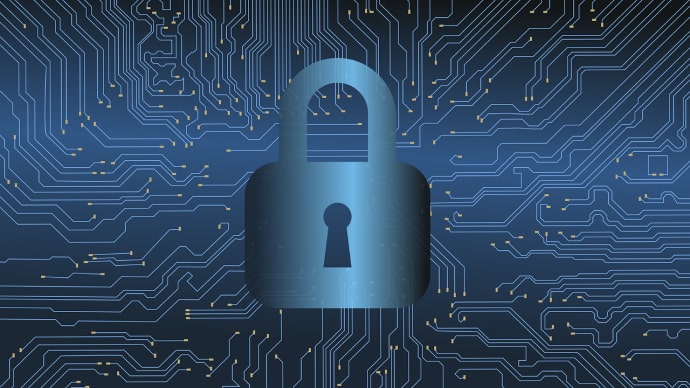
AWS Certified Security - Specialty: AWS Certified Security - Specialty (SCS-C01)
PDFs and exam guides are not so efficient, right? Prepare for your Amazon examination with our training course. The AWS Certified Security - Specialty course contains a complete batch of videos that will provide you with profound and thorough knowledge related to Amazon certification exam. Pass the Amazon AWS Certified Security - Specialty test with flying colors.

Curriculum for AWS Certified Security - Specialty Certification Video Course
| Name of Video | Time |
|---|---|
 Understanding AWS Security Specialty exams Understanding AWS Security Specialty exams |
04:32 |
| Name of Video | Time |
|---|---|
 Introduction to Domain 1 Introduction to Domain 1 |
03:18 |
 Case Study of Hacked Server Case Study of Hacked Server |
07:24 |
 Dealing with AWS Abuse Notice Dealing with AWS Abuse Notice |
07:28 |
 AWS GuardDuty AWS GuardDuty |
08:20 |
 Whitelisting Alerts in AWS GuardDuty Whitelisting Alerts in AWS GuardDuty |
04:33 |
| Name of Video | Time |
|---|---|
 Introduction to Vulnerability, Exploit, Payload Introduction to Vulnerability, Exploit, Payload |
05:17 |
 VEP Practical - Hacking inside a test farm VEP Practical - Hacking inside a test farm |
08:02 |
 Understanding Automated Vulnerability Scanners Understanding Automated Vulnerability Scanners |
08:23 |
 Common Vulnerabilities Exposures & CVSS Common Vulnerabilities Exposures & CVSS |
08:38 |
 Introduction to AWS Inspector Introduction to AWS Inspector |
06:05 |
Amazon AWS Certified Security - Specialty Exam Dumps, Practice Test Questions
100% Latest & Updated Amazon AWS Certified Security - Specialty Practice Test Questions, Exam Dumps & Verified Answers!
30 Days Free Updates, Instant Download!
AWS Certified Security - Specialty Premium File

- Premium File: 509 Questions & Answers. Last update: Jun 20, 2025
- Latest Questions
- 100% Accurate Answers
- Fast Exam Updates
AWS Certified Security - Specialty Study Guide

- Study Guide: 552 Pages
- Latest Questions
- 100% Accurate Answers
- Fast Exam Updates
Amazon AWS Certified Security - Specialty Training Course
Want verified and proven knowledge for AWS Certified Security - Specialty (SCS-C01)? Believe it's easy when you have ExamSnap's AWS Certified Security - Specialty (SCS-C01) certification video training course by your side which along with our Amazon AWS Certified Security - Specialty Exam Dumps & Practice Test questions provide a complete solution to pass your exam Read More.
Prepared by Top Experts, the top IT Trainers ensure that when it comes to your IT exam prep and you can count on ExamSnap AWS Certified Security - Specialty (SCS-C01) certification video training course that goes in line with the corresponding Amazon AWS Certified Security - Specialty exam dumps, study guide, and practice test questions & answers.

Amazon Training Courses











Only Registered Members can View Training Courses
Please fill out your email address below in order to view Training Courses. Registration is Free and Easy, You Simply need to provide an email address.
- Trusted by 1.2M IT Certification Candidates Every Month
- Hundreds Hours of Videos
- Instant download After Registration







